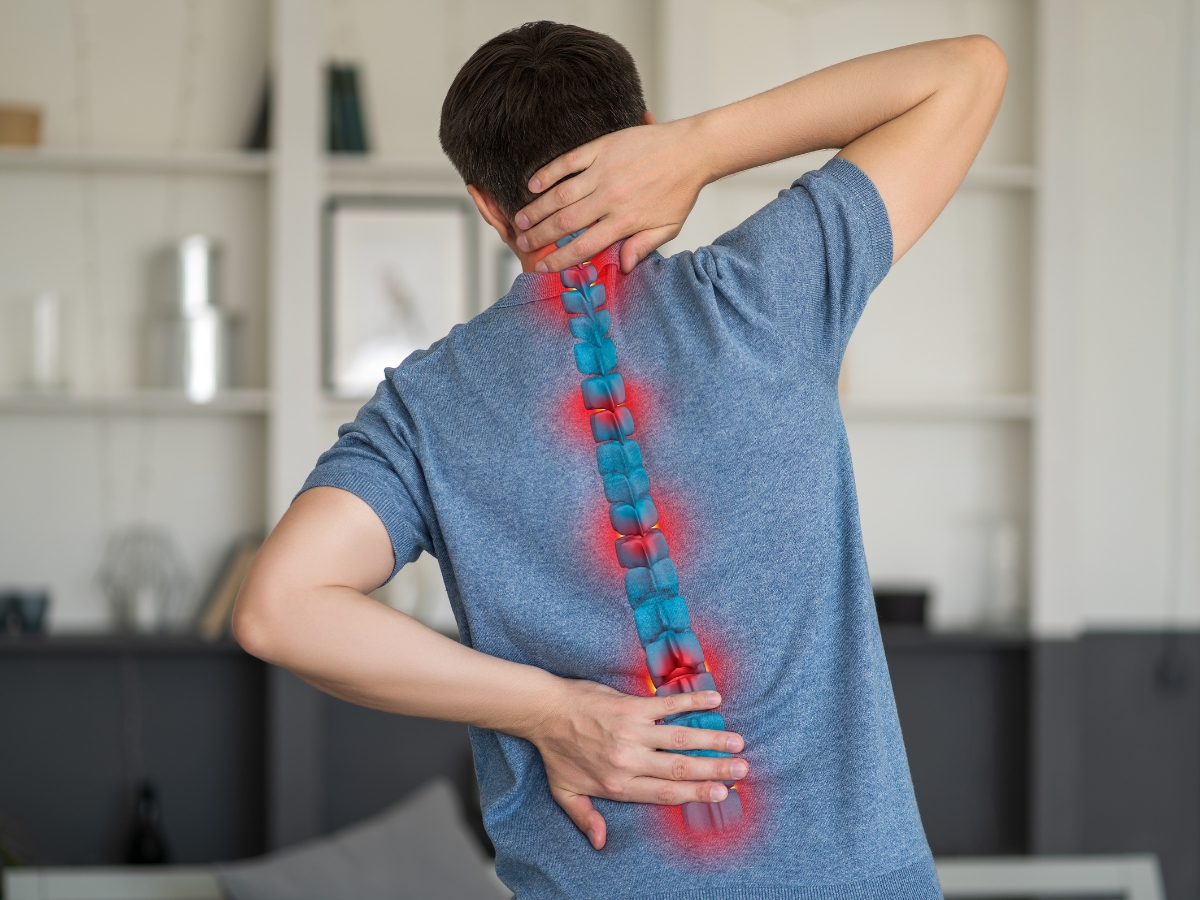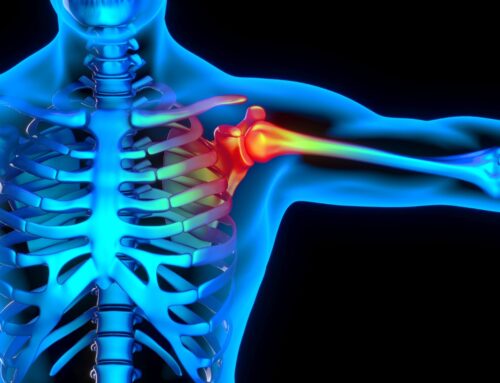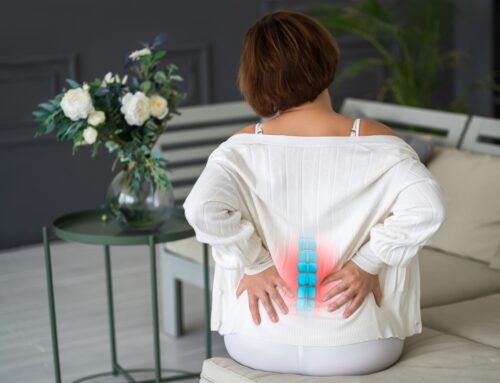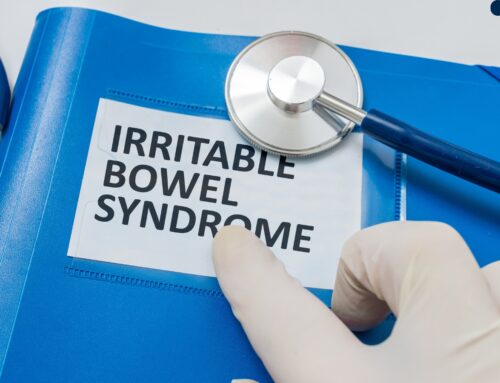Living with back or neck pain can significantly diminish your quality of life, making everyday activities challenging and sometimes impossible. For many people experiencing persistent discomfort and limited mobility, spinal stenosis may be the underlying cause.
While this condition sounds intimidating, understanding what’s happening in your spine and exploring non-surgical treatment options like chiropractic care can provide both relief and hope for many sufferers. So, what should you know? Let’s start with the basics.
What Is Spinal Stenosis?
Spinal stenosis refers to the narrowing of spaces within your spine that can put pressure on the nerves traveling through it. This narrowing most commonly occurs in the lower back (lumbar stenosis) and neck (cervical stenosis).
Your spine consists of a series of bones (vertebrae) stacked upon one another with cushioning discs between them. Running through the center is a canal that houses your spinal cord, with nerve roots branching out through openings between the vertebrae. In a healthy spine, these spaces allow nerves to pass freely without compression.
When stenosis develops, these passages narrow, potentially compressing nerves and causing various symptoms, including:
- Pain or cramping in the legs when walking or standing for long periods
- Numbness or tingling in the legs, feet, or buttocks
- Lower back pain (though not always present)
- Weakness in the legs or feet
- Symptoms that improve when sitting or leaning forward
- Neck pain or stiffness
- Numbness or tingling in arms, hands, or fingers
- Problems with balance and coordination
- In severe cases, bladder or bowel dysfunction
Spinal stenosis typically develops gradually as we age. The most common causes include:
- Age-related changes such as thickening of ligaments and bone spurs
- Normal wear and tear on spinal discs
- Genetic factors that affect spine development
- Previous spine injuries or surgeries
The condition tends to worsen over time if left untreated, making early intervention crucial for maintaining mobility and comfort.
How Chiropractic Care Addresses Spinal Stenosis
When considering treatment options for spinal stenosis, many people want to explore non-surgical approaches before contemplating more invasive procedures. This is where chiropractic care offers valuable alternatives for many patients.
Specialized Adjustment Techniques
Contrary to what some believe, chiropractic care for stenosis doesn’t involve forceful “cracking” of the spine. Instead, chiropractors trained in treating spinal stenosis use gentle, specialized techniques designed specifically for this condition.
These specialized adjustments aim to:
- Improve alignment of the spine
- Reduce pressure on affected nerves
- Restore proper motion to spinal joints
- Decrease inflammation around compressed nerves
Your chiropractor will carefully evaluate your specific condition and symptoms before selecting the most appropriate and comfortable adjustment approaches for your situation.
Decompression Strategies
Creating space within the spine is a primary goal when treating stenosis. Certain chiropractic techniques and specialized tables can help achieve this through controlled stretching and positioning of the spine.
Decompression strategies work to:
- Gently separate vertebrae to create more room for nerves
- Promote movement of nutrients into the discs
- Reduce pressure within the spinal canal
- Encourage better posture that minimizes nerve compression
Should You See a Chiropractor for Spinal Stenosis?
If you’ve been diagnosed with spinal stenosis or are experiencing symptoms that suggest it might be present, consulting with a qualified chiropractor can be a valuable step. With the At Last Chiropractic team, you can manage your condition in the best way possible.
If you’re struggling with back pain, leg pain, or other symptoms that might indicate spinal stenosis, your Lithia chiropractor is ready to help. Book your appointment today!






